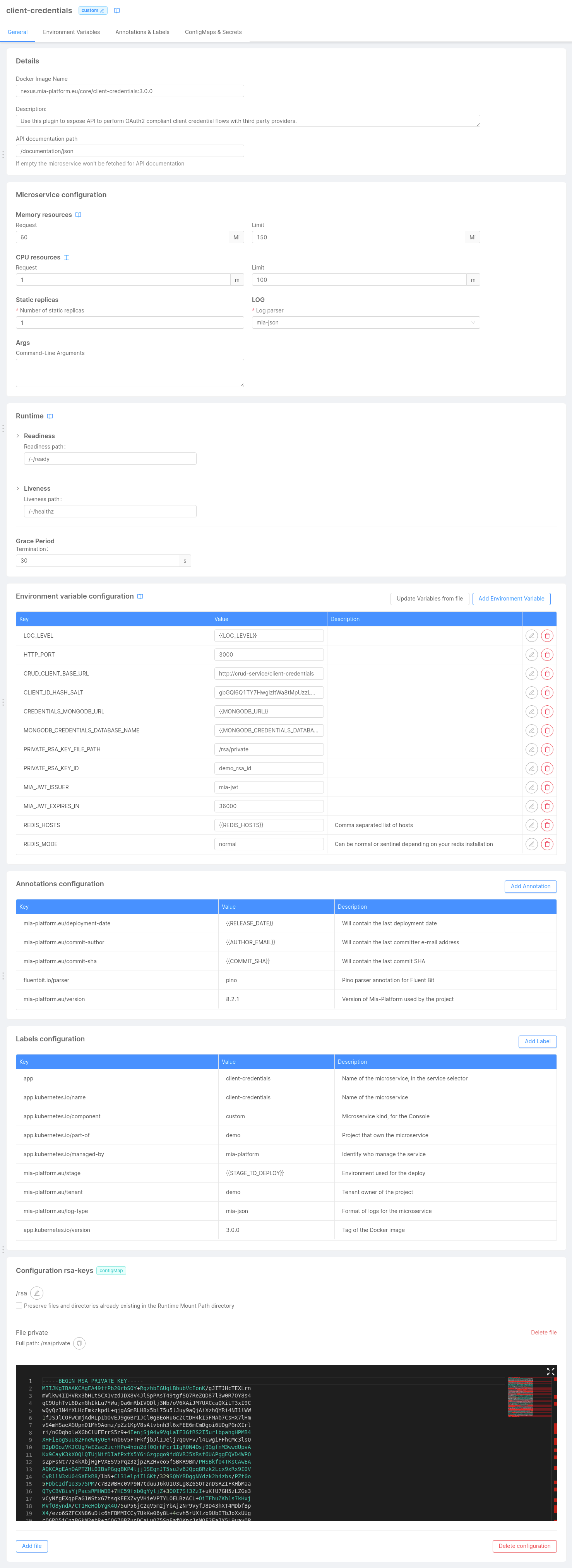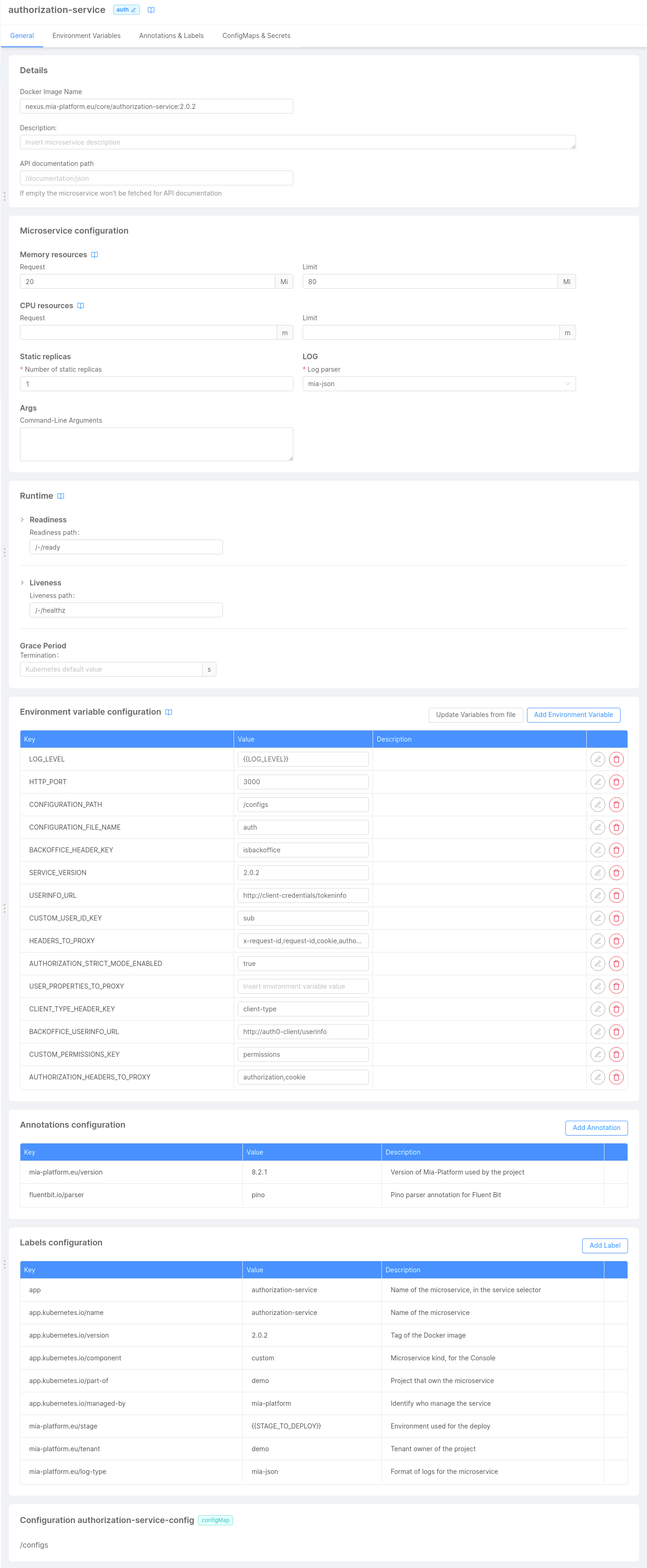API Token Generation
Introduction
To ensure maximum flexibility and to respect the internal architectural logic of each client company, the management of requests that individual users fill in for access to one or more APIs of the marketplace is completely free from preconfigured mechanisms.
However, if you want to adopt a safe system, you can follow the guide below that explains the configuration of the Client Credentials service, that effectively allows you to generate and manage the various access tokens for different APIs or groups of APIs and build the flow that manages the access at the resources that you expose in the Developer Portal.
One of the many advantages of our Developer Portal is the possibility of displaying the APIs of different Console projects in one single place.
However, given that each Console project is architecturally independent, it is necessary to configure this authorization system in each different project that you want to include in the dev portal to manage the requests for its respective APIs.
In this way and following this flow, the Developer Portal user who wants to request access to a particular resource can do so by inserting a Public Key in every single access request.
Finally, it is important to underline how the configuration of this authorization flow can be considered as separate from the Developer Portal, as it is only a mechanism to protect the individual APIs of a project.
The developer portal does nothing but exploit this mechanism to facilitate access requests.
Client credentials service
First of all, if it has not already been done, install the Client Credentials service in every project in which you are interested in managing accesses for the Developer Portal.
This service is used to store and manage your client credentials.
Below there are the APIs that you will need to manage the authorization:
/register: this API is used to generate a newclient_idusing the public key provided by the Developer Portal user.
For security reasons, we suggest to use theprivate_key_jwtastoken_endpoint_auth_method;/oauth/token: this API will be used by the Developer Portal user to obtain the Bearer token used to authenticate his requests.
For security reasons, we suggest to use theprivate_key_jwtastoken_endpoint_auth_method;/tokeninfo: this API is used by theAuthorization serviceto verify your token.
On this page you will find all the information to correctly configure the service and its related environment variables.
Furthermore, it's suggested to read the authentication flow diagram in order to better understand what is described here and in the rest of the document.
In the end, your configuration should look like this:

In the above screenshot, the RSA key has been provided as ConfigMap only for test purposes.
We always suggest configuring it as secret.
Authorization service
After that, and always for every project in which you are interested in managing accesses for the developer portal, it is necessary to install the Authorization Service, if not already installed.
This service works as a bridge between the API Gateway and the Client credentials service. It is invoked by the API Gateway on an income request and uses the Client credentials service to check if the provided token is valid: if everything is ok, the request is forwarded to the destination microservice in order to be processed.
To configure the service, check the dedicated documentation. For a better configuration, is also suggested to set the following environment variables as follows:
AUTHORIZATION_HEADERS_TO_PROXY:authorization,cookie;CUSTOM_PERMISSIONS_KEY:permissions;USERINFO_URL: it depends on how you named theClient credentials service.
If you named itclient-credentials, for example, the value must be:http://client-credentials/tokeninfo.
In the end, your configuration should look like this:

Project requests management
Using the /register endpoint of the Client Credentials service, for example from the API Portal, you can create a new client_id that you must provide to your users to allow them to access to your resources;
the invocation of this API store the credentials in the collection configured in the CRUD_CLIENT_BASE_URL variable.
In order to facilitate the management of the permissions associated with the credential, you can configure the CMS to expose a new page for the collection used to store them.
The following is an example of this page:

Usage flow
When you created the client_id and correctly set the associated permissions, your user is now able to call the /oauth/token API:
with the Bearer token returned by it, the user will be able to access the requested resource by simply inserting the Authorization header; for example:
Authorization: Bearer eyJhbGciOi...